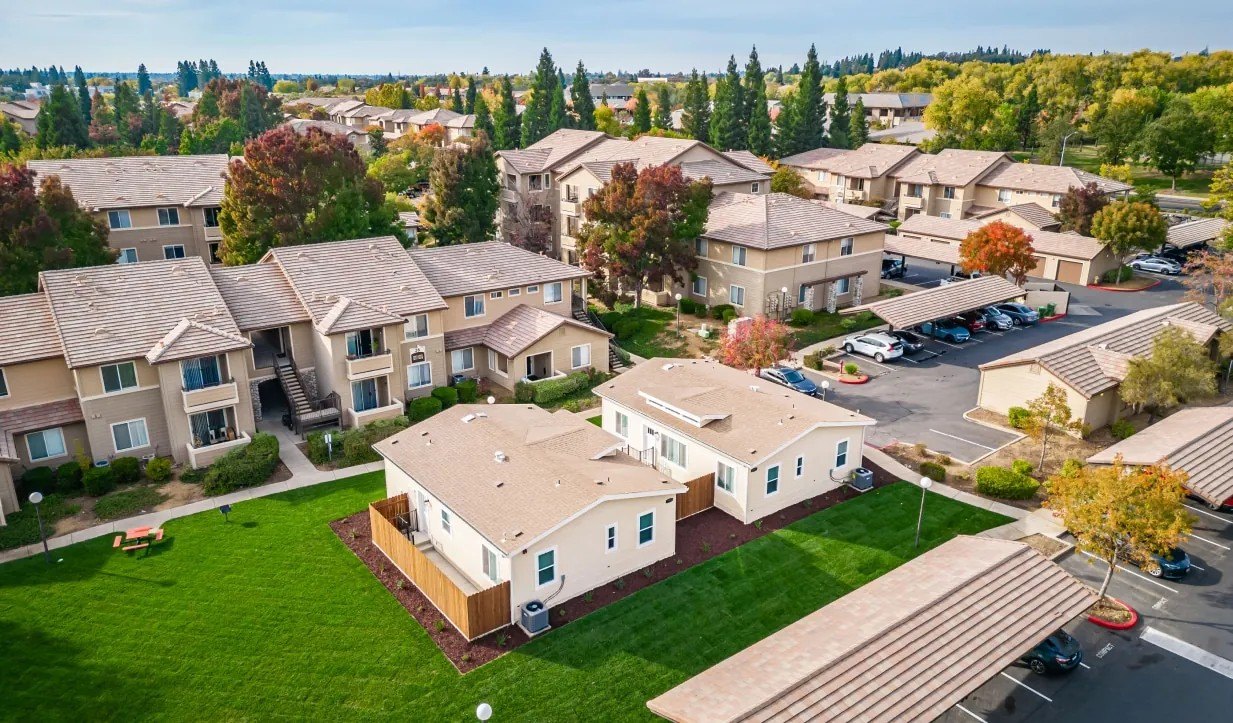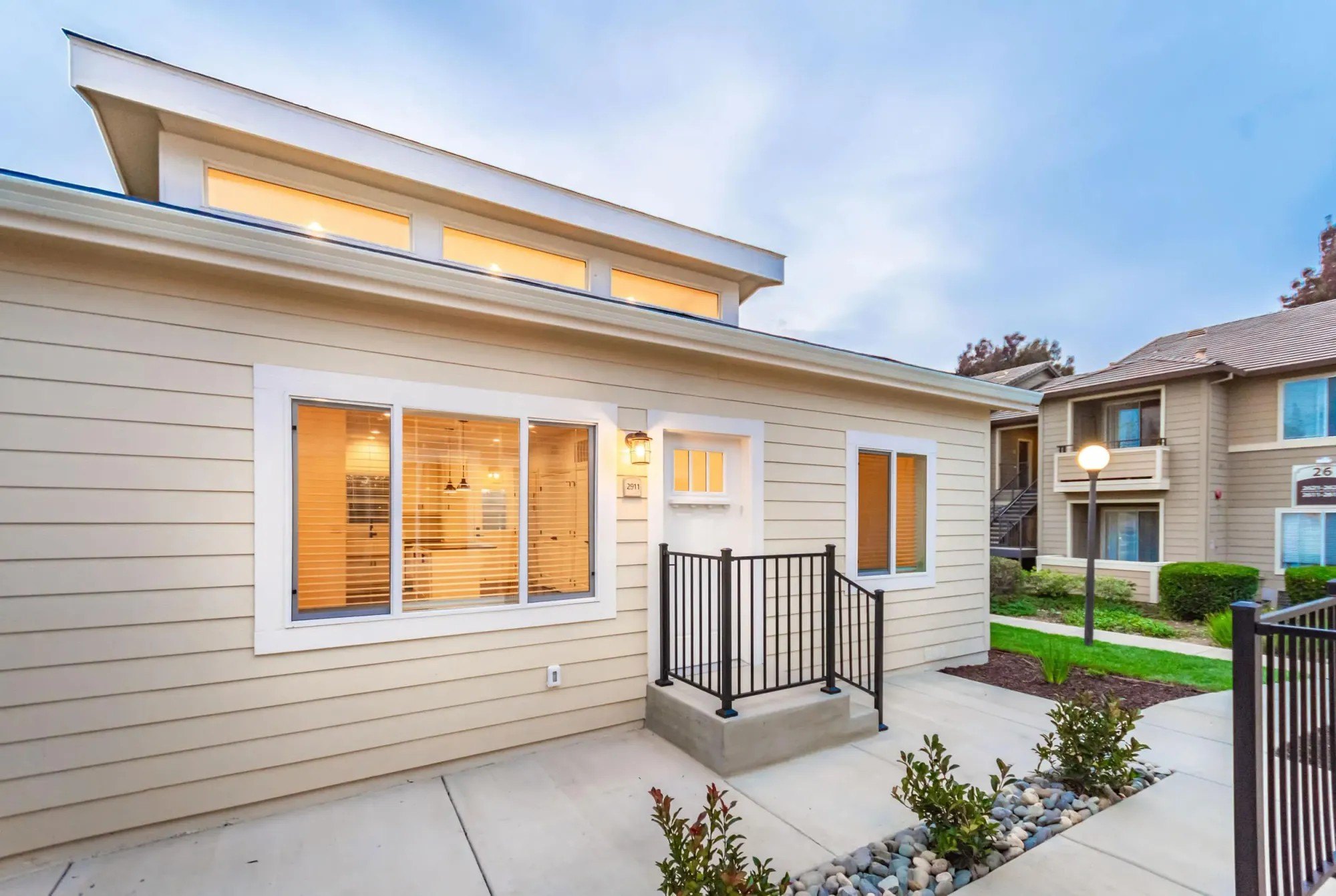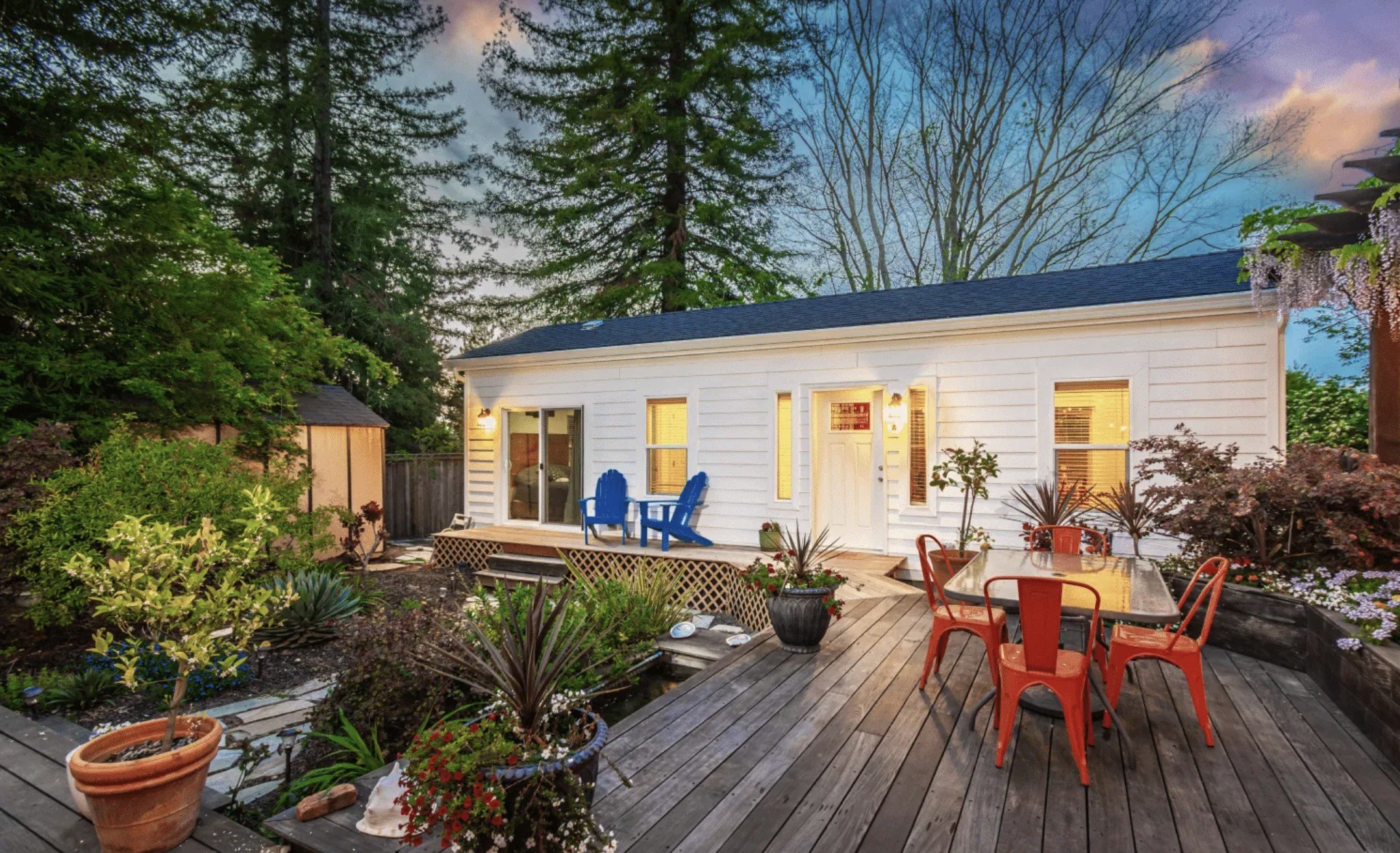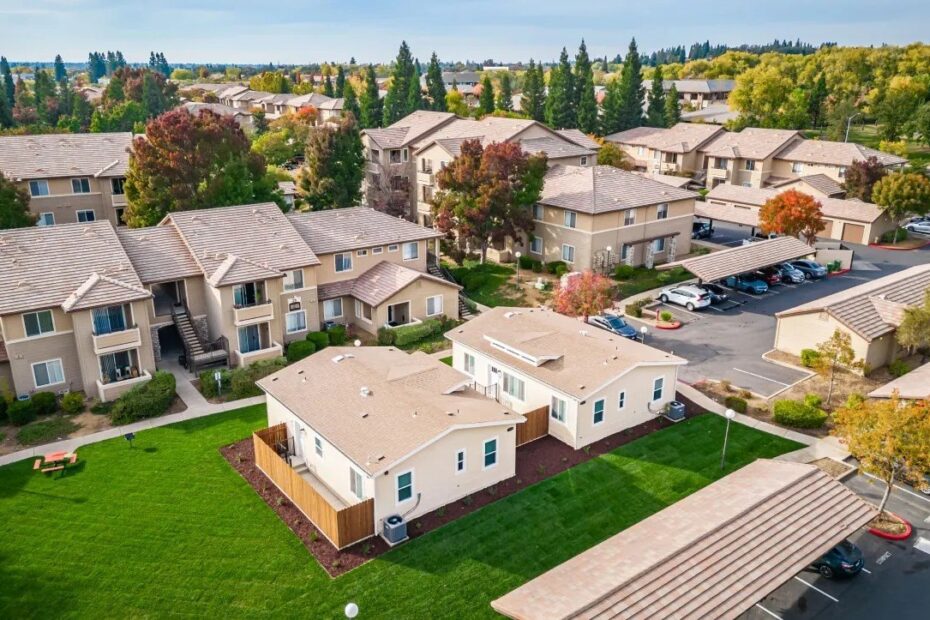In an effort to build more and build fast, off-site construction is gaining traction as developers seek to speed up production while maintaining quality and controlling costs.
Villa, a California-based leader in factory-built housing, is proving just how far the model can scale.
“There are a number of challenges when doing modular homebuilding,” says Sean Roberts, CEO of Villa, currently the largest builder of accessory dwelling units in California.
“Challenges may include dealing with locally idiosyncratic building codes, land use regulations, development and design standards, inspection processes, physical and logistical constraints, differences in skills and experience among onsite trades, subcontractors, and vendors, as well as unique construction financing requirements,” Roberts tells Realtor.com®.
“Many of these challenges can be navigated to make off-site construction work, but some cannot. It’s a highly situational analysis that requires an experienced builder or developer, such as Villa, to assess all challenges in an objective, data-driven way before diving into a project,” he explains.
That pragmatic approach has allowed Villa to grow beyond backyard ADUs into larger-scale projects for developers, institutional investors, and public agencies.
Roberts says the company has already proven that modular housing can adapt to different regions and building types.



“We believe Villa’s approach is highly scalable, and it is actively scaling right now,” he explains.
“Villa has expanded from initially building ADUs for individual homeowners in Northern California to now building much larger projects for institutional investors in a variety of typologies. We have also expanded geographically to include metro areas in Southern California, Colorado, and beyond.”
According to Realtor.com, the national median list price remained steady at $425,000 but decreased 3.6% in the West, reflecting broader shifts in the housing market—shifts that New York is also navigating through its adoption of modular housing, a trend already gaining traction in states such as California.
On Staten Island, NY, factory-built homes—assembled in just days and trucked in nearly finished—are being installed on permanent foundations as part of New York City’s latest push to ease its housing crisis.
It’s part of New York Gov. Kathy Hochul‘s initiative MOVE-IN NY, a $50 million statewide plan to expand affordable homeownership by building up to 200 factory-made “starter homes,” which can be constructed faster and at roughly half the cost of traditional housing.
The program, which builds on a successful pilot in Schenectady, Syracuse, and Newcomb, uses modular “CrossMod” homes to help first-time and moderate-income buyers access high-quality, affordable housing across New York.
Speedy engineering lends itself to scalability
But for Roberts and his California company, one of modular construction’s greatest strengths is its speed. With most of the work done in controlled factory environments, on-site activity is reduced to assembly, connection, and finishing.
“Production and installation timelines can vary based on location, nature of the project, and how much work is done in the factory versys in the field on-site,” he says.
“In general, we’ve found that our on-site timelines are materially faster than site-building, typically cutting on-site timelines down by [about two to four times less]. The fastest Villa has gone from setting a home to having it fully completed (with a certificate of occupancy) was 23 days, which is extremely fast compared to traditional site-built construction.”
In cities where every delay carries a price tag, that acceleration matters. The potential to deliver housing in weeks rather than months could help California, New York, and other states with a housing shortfall.
Public partnerships will play a key role in that shift, Roberts notes.
“Villa has developed factory-built housing for nonprofits and land trusts, and has partnered with public agencies to collaborate on developing housing.
For example, Villa recently announced a partnership with the Denver Housing Authority to collaborate on infill development of ADUs for low- to moderate-income families throughout Denver.
California’s experience shows both the promise and the growing pains of modular innovation. The state’s housing market has remained surprisingly steady amid the federal government shutdown, according to Realtor.com data. However, some builders are reporting delays in permits and inspections. Those challenges highlight why the ability to construct off-site is so valuable.
If modular housing can speed up delivery, cut waste, and withstand future storms, it could reshape the way the city builds altogether.
